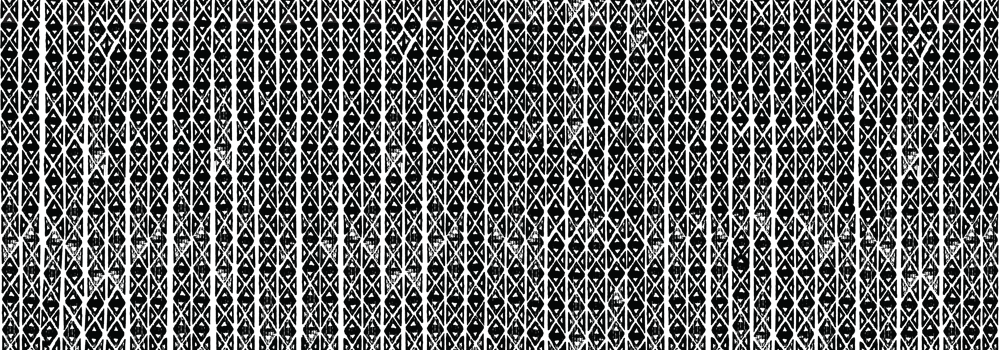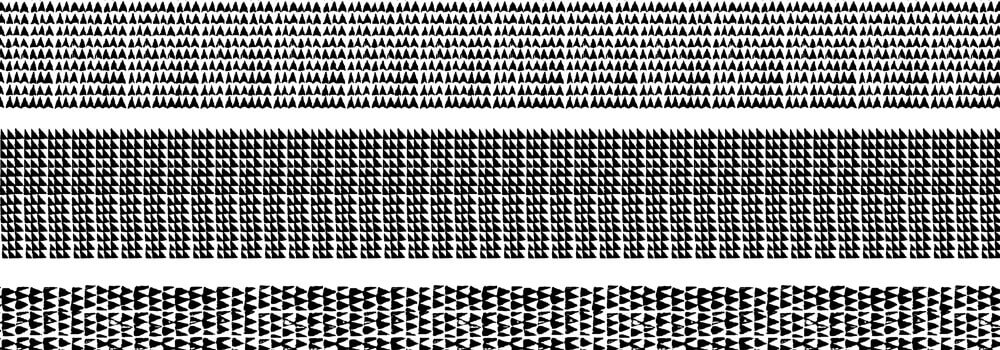The ‘Upena print is based on another classic pattern found in native Hawaiian design. The art of creating an ‘upena (net) was an important craft in Hawai‘i used in everyday practice to catch both fish and fowl. The traditional ‘aho (cord) was knotted and tied in different sizes depending on the target catch. Manaola’s interpretation of this design was inspired by the carved, wooden anvils used to pound watermark designs into raw kapa. He pays special attention to the pattern, which features detailed pūpū, or hollow depressions forming circular shapes, inside each eye of the pattern.
MANAOLA’s ‘Upena print represents the retainment of love, knowledge and good karma, while also directing the release of energies that do not serve us well. As the purpose of the upena is to gather necessities, he hopes to inspire the wearer to practice mindfulness, to catch hold of positive energy in your net and to let the rest flow through the eyes of the ‘upena.












